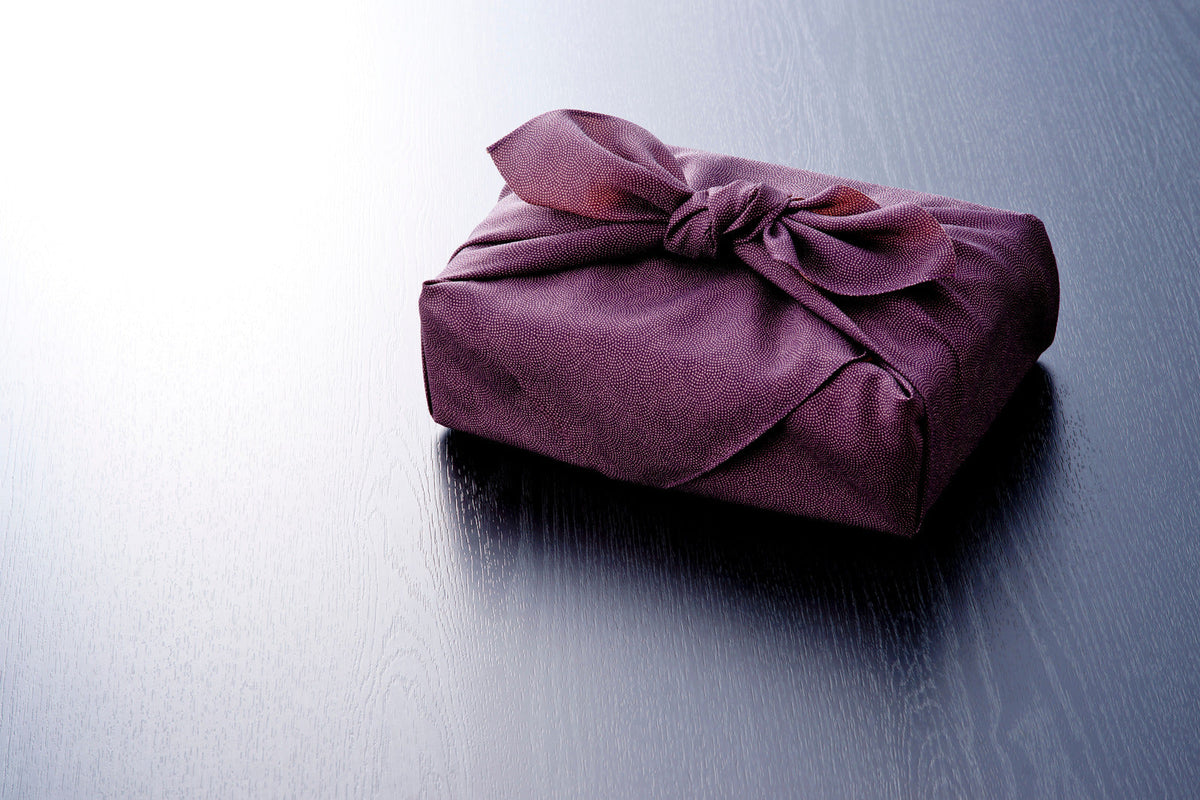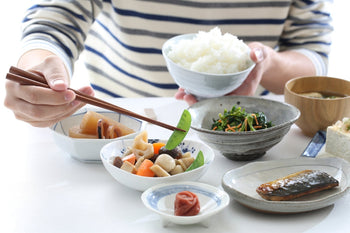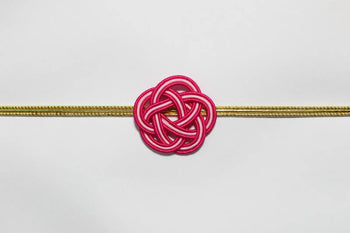

Gift-giving is a cherished tradition around the world, but in Japan, it takes on a special form that combines practicality with beauty. Japanese gift wrapping, or furoshiki, offers a unique and eco-friendly way to present gifts that can transform even the simplest items into cherished keepsakes. This age-old practice not only reflects cultural values but also showcases an aesthetic elegance that captivates the recipient. In this blog, we'll explore the intricacies of Japanese gift wrapping, highlighting its benefits, techniques, and how you can incorporate it into your own gift-giving repertoire.
Understanding Furoshiki
Why Furoshiki is Gaining Popularity Worldwide
Materials Needed for Furoshiki Wrapping
To start wrapping gifts the furoshiki way, you'll need a few essential materials:
- Furoshiki Cloth : Available in a range of sizes and patterns, choose one that fits your gift and reflects your recipient's style.
- Decorative Accessories (optional): Consider adding elements like tassels or brooches to embellish your wrap.
Exploring the Variety in Furoshiki Cloths
The Otsukai Tsutsumi Technique
Ideal for square or rectangular objects, the otsukai tsutsumi is a basic wrapping method. Here's how you can master it:
- Position the Item in the center of the cloth, aligning it with diagonal corners.
- Cover with the Nearest Corner , then do the same with the opposite side.
- Tie the Sides into a simple bow on top, adjusting for a snug fit.
Mastering the Kakushi Tsutsumi Technique
The kakushi tsutsumi, or hidden knot technique, offers a sleek and elegant finish. It's perfect for creating that wow factor:
- Center the Box within the cloth.
- Fold Over the Closest Corner and bring the sides up to tie a bow.
- Conceal the Bow by flipping the remaining corner over it.
Creating Beauty with the Hira Tsutsumi
Best for flat items like books or greeting cards, the hira tsutsumi is known for its simplicity and style:
- Place the Item centrally.
- Fold the Nearby Corner over the item.
- Tuck the Sides and bring the last corner over, securing it within the folds.
Furoshiki vs. Origami
Beyond Gift Wrapping
Transporting a Bento Box
Crafting a Handy Bag
Elevating Home Decor
Perfect Gifts for Furoshiki Wrapping
Bringing Japanese Elegance to Your Gift-Giving
Join the Furoshiki Revolution
Final Thoughts on Japanese Gift Wrapping
Japanese gift wrapping is more than a method; it's an art that celebrates mindfulness, creativity, and sustainability. By mastering furoshiki, you enrich your gift-giving experience and introduce a piece of Japanese heritage into your life. Whether you're wrapping a simple book or an elaborate present, furoshiki offers endless possibilities for personalization and elegance. Ready to start your furoshiki adventure? Explore our resources and connect with fellow enthusiasts to deepen your understanding of this beautiful craft.
For those eager to learn more about Japanese culture, consider visiting Japan, where you can experience these traditions firsthand and gain a deeper appreciation for their enduring charm.



